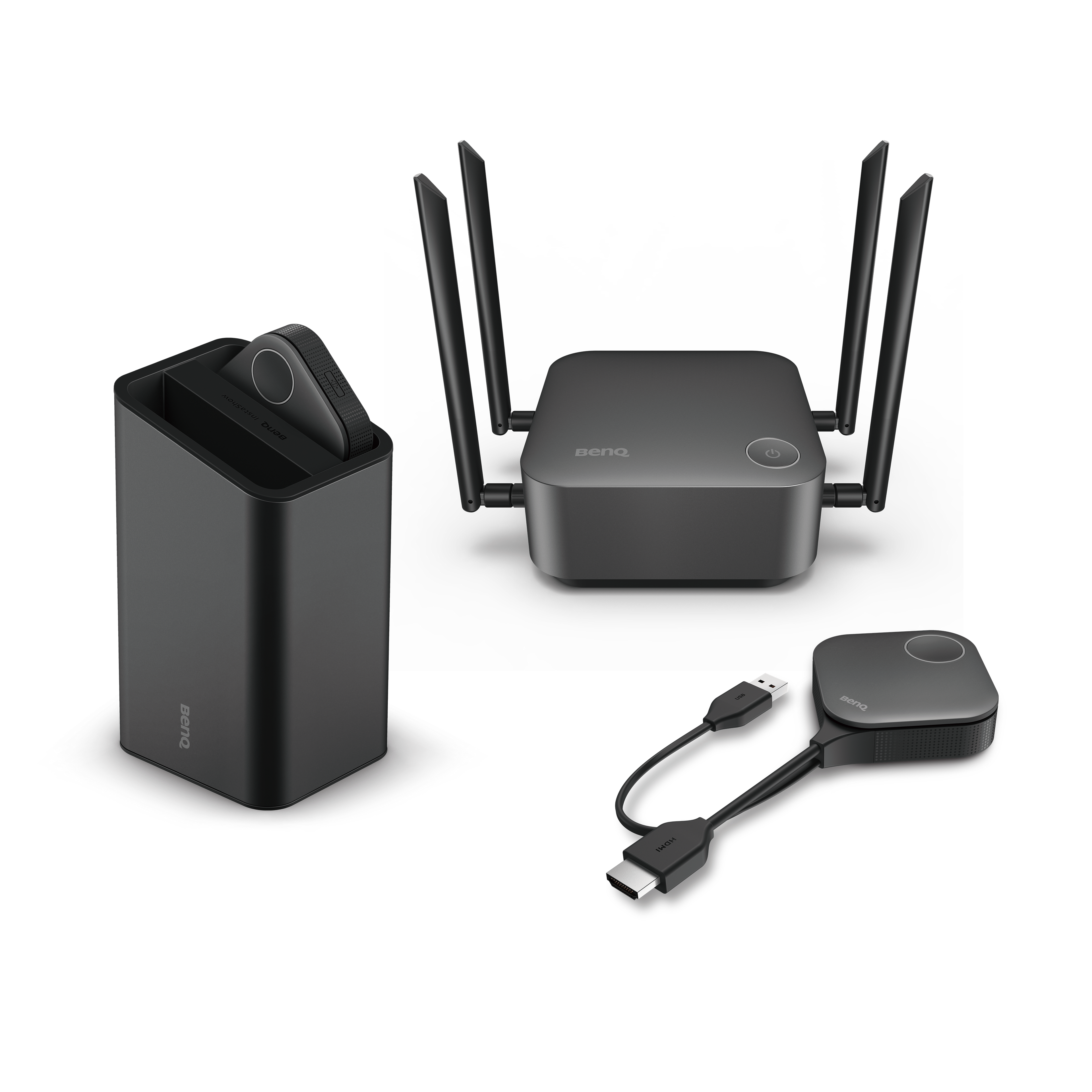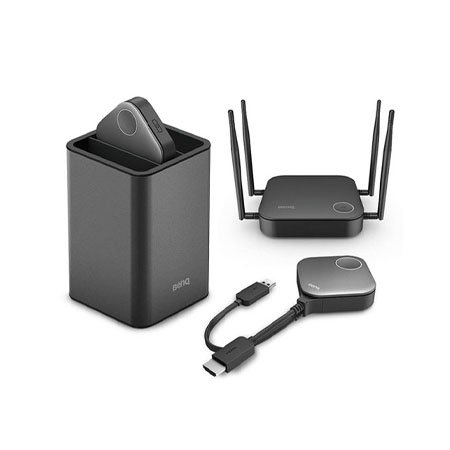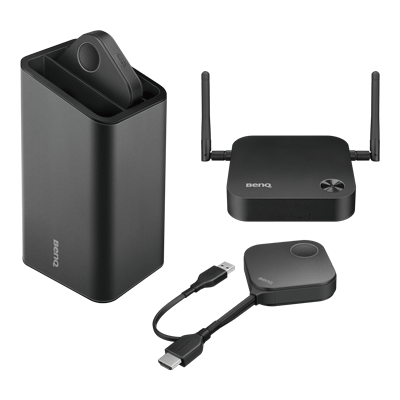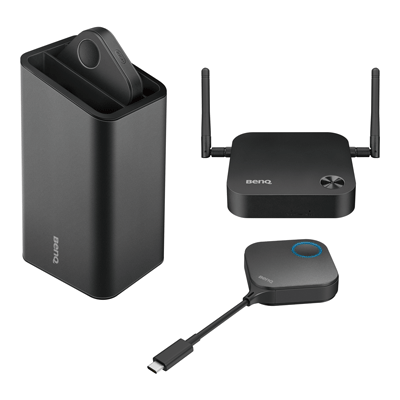Wi-Fi 6: The Newest and Fastest Wi-Fi Standard
- BenQ
- 2022-06-01
With the omnipresence of wireless connectivity and the fact that so much of the world relies in some part on being connected, continual improvements on the capabilities and efficiency of network protocols are both expected and required to keep pace with the way the world moves. To that end, the most recent advancement to help evolve network capabilities is the development of the Wi-Fi 6 standard.

Released by the Institute of Electrical and Electronics Engineers (IEEE), Wi-Fi 6, also known as 802.11ax, is the latest iteration of the Wi-Fi standard which improves upon the Wi-Fi 5 (802.11ac) standard that is currently the predominant standard around the world. Operating on the same 2.4 and 5 GHz frequency as previous standards, Wi-Fi 6 offers major improvements in speed, efficiency, and security, the key aspects of which are detailed below.
The most notable improvement Wi-Fi 6 makes is to increase the speed of Wi-Fi connections by nearly 40% more than its predecessor. This improvement in speed is due first to an advanced upgrade to the modulation mode (1024-QAM) of the signal that allows for each symbol to carry up to 10 bits of data as opposed to the 8 bits per symbol for Wi-Fi 5, which means up to 25% more data can pass through the same spectrum for Wi-Fi 6. Another reason for the increased speed is Wi-Fi 6’s use of the super-wide 160 MHz channel that further increases the bandwidth through which data can travel.
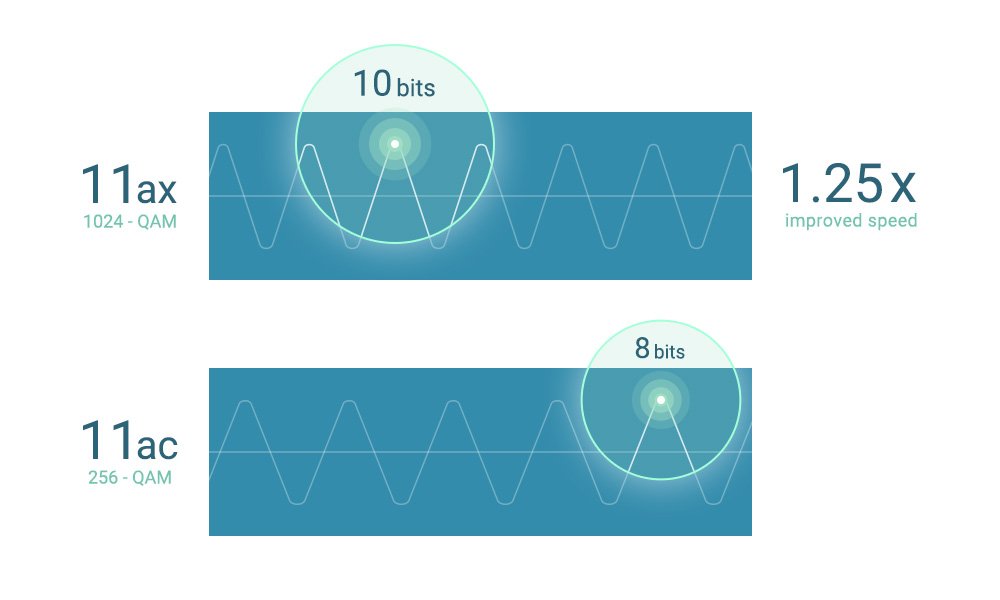
All together these enhancements allow Wi-Fi 6 to theoretically push network speeds up to 9.6 Gbps (1.2 Gbps per channel) compared to the maximum theoretical speed of 3.5 Gbps (866 Mbps per channel) for Wi-Fi 5.

Beyond providing faster speeds, Wi-Fi 6 also allows for more efficient transmission of data, specifically in situations when multiple devices use the same Wi-Fi network at the same time. Wi-Fi 6 does this by first adopting an algorithm (OFDMA) whereby the data packets from each device are partitioned into smaller packets, so that multiple packets can be transmitted both upstream and downstream simultaneously instead of one packet after another, as was the case with the algorithm (OFMA) employed by Wi-Fi 5. An analogy commonly used to explain this shift in methodology is to think in terms of a parcel delivery service: whereas Wi-Fi 5/OFMA only allowed a delivery truck to transport packages from one sender at a time, Wi-Fi 6/OFDMA features trucks that can transport packages from multiple senders simultaneously.
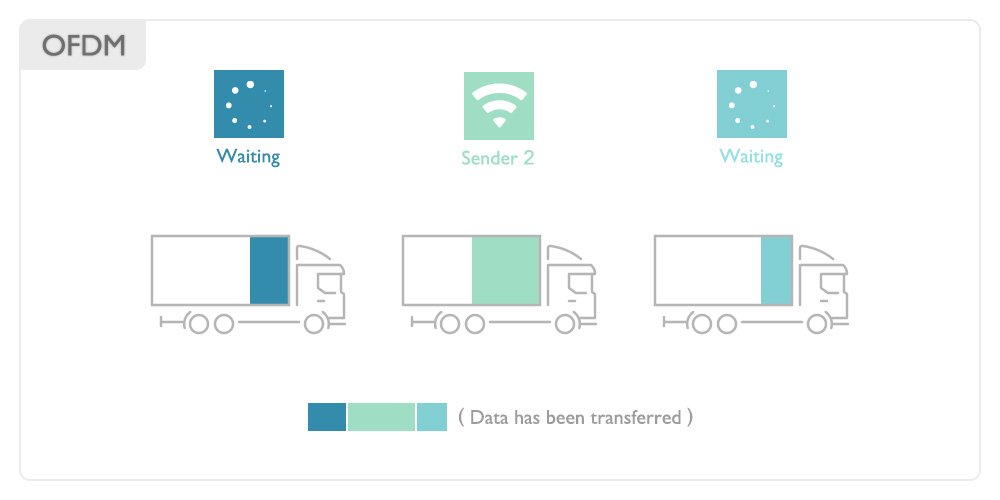
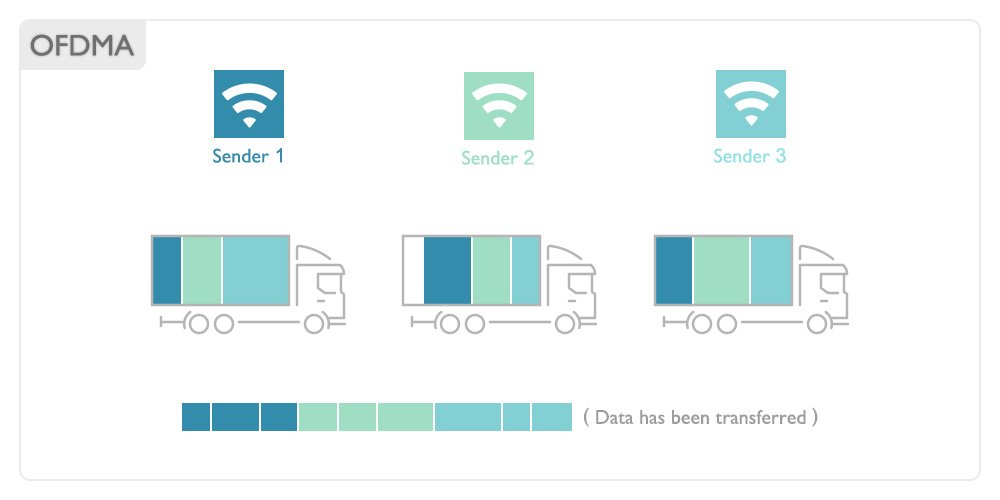
The second way in which Wi-Fi 6 makes network traffic more efficient is by expanding on the multi-user capabilities (MU-MIMO) of Wi-Fi 5 so that networks are able to communicate via eight paths simultaneously for both uploads and downloads, compared to four paths for downloads only with Wi-Fi 5. To return to the previous analogy, Wi-Fi 6 sets up eight separate lanes of bi-directional traffic for the delivery trucks to use.
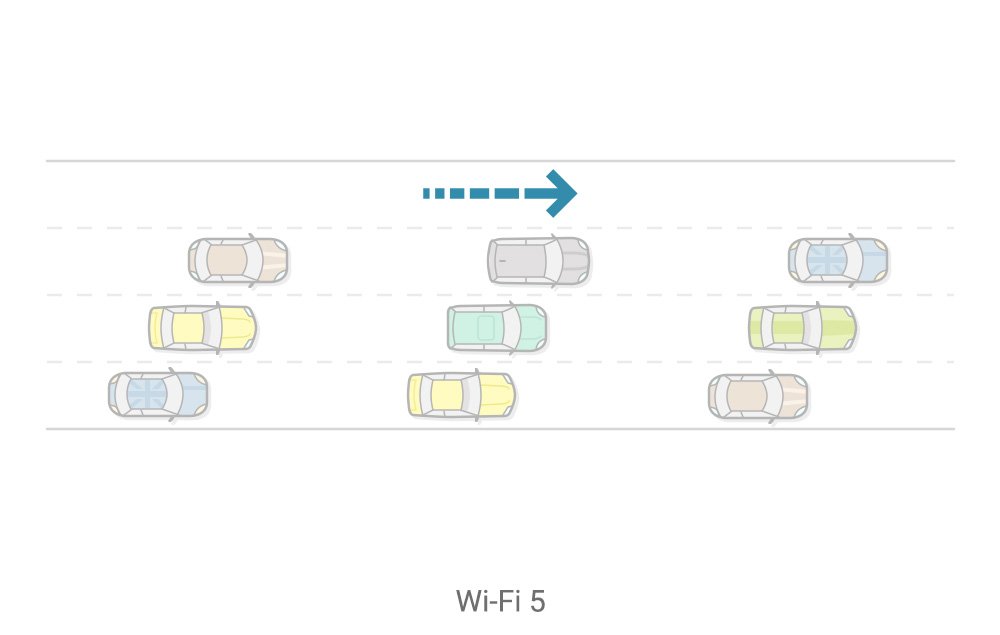
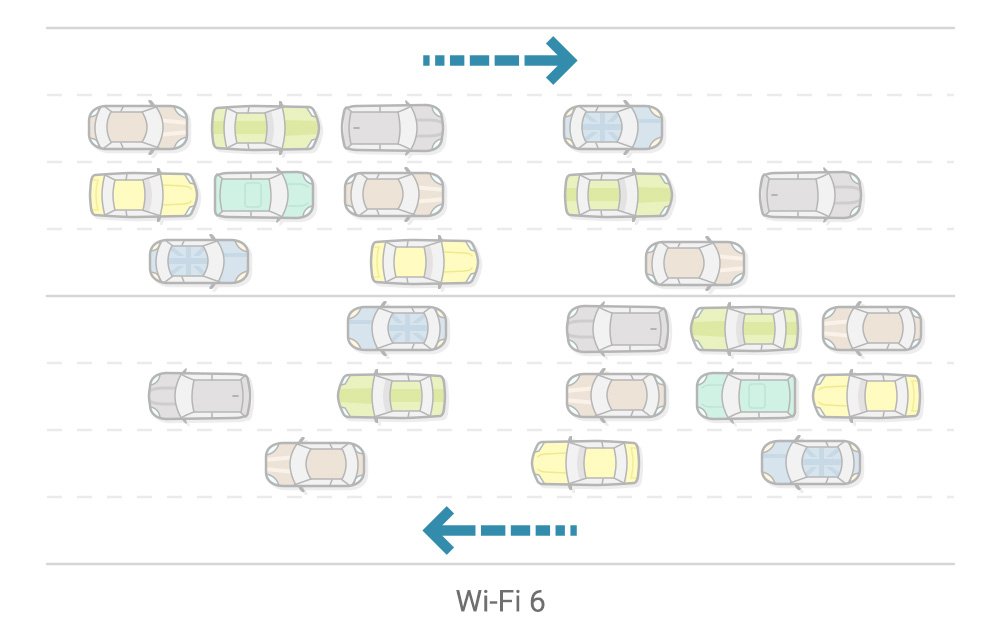
This added efficiency means a more dynamic utilization of the Wi-Fi signal so that bottlenecking, and the latency that results, is drastically decreased when multiple users/devices share the same network.
Along with the advances in transmission speed and efficiency, Wi-Fi 6 also takes a step forward in terms of data security with the integration of the WPA3 encryption protocol. As the next step in data encryption, WPA3 offers greater protection from brute force attacks by hackers as well as additional upgrades that further strengthen network security so that users, particularly corporate users, can have full confidence in the safety of all their networks including public access networks.

As corporations and organizations increasingly employ wireless presentation technology to streamline their meetings and catalyze collaborative work, the improvements to network capabilities that Wi-Fi 6 delivers can also do wonders for the conference room. It’s with this consideration in mind that BenQ has integrated Wi-Fi 6 into its InstaShow WDC30 wireless presentation system. What this means for corporate users is that by choosing InstaShow WDC30 they will ensure that the network they use for their wireless presentations will not only be significantly faster, but also more advantageous for multi-user settings and more secure from all forms of attacks and/or data breaches.
Recommended Articles
-
Trends & Knowledge
What Are the Best wePresent Alternatives for Classroom Wireless Presentation?
This article looks at three leading alternatives to the Barco WePresent for education institutions based on market share data from Futuresource.
2021.06.28 -
Trends & Knowledge
How Can I Connect My EPSON or BenQ Projectors to Wi-Fi?
2022.05.02 -
Trends & Knowledge
Which Is the Best Wireless HDMI Technology for Sharing Classroom Displays - BenQ, Mersive, or Airtame?
This article covers three of the most popular classroom wireless screen mirroring systems that replace traditional VGA or HDMI cables
2021.09.16
